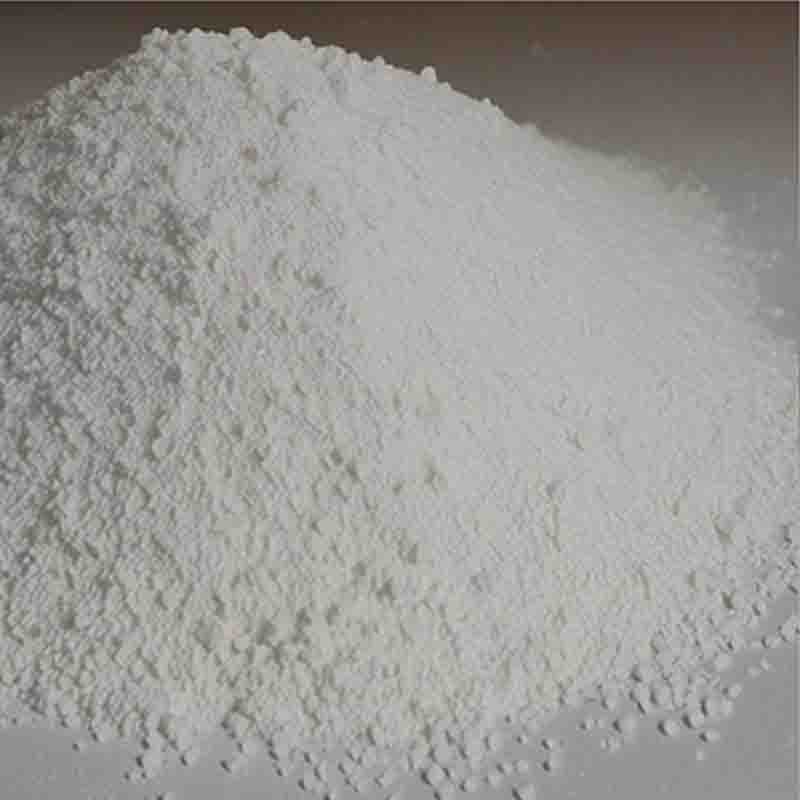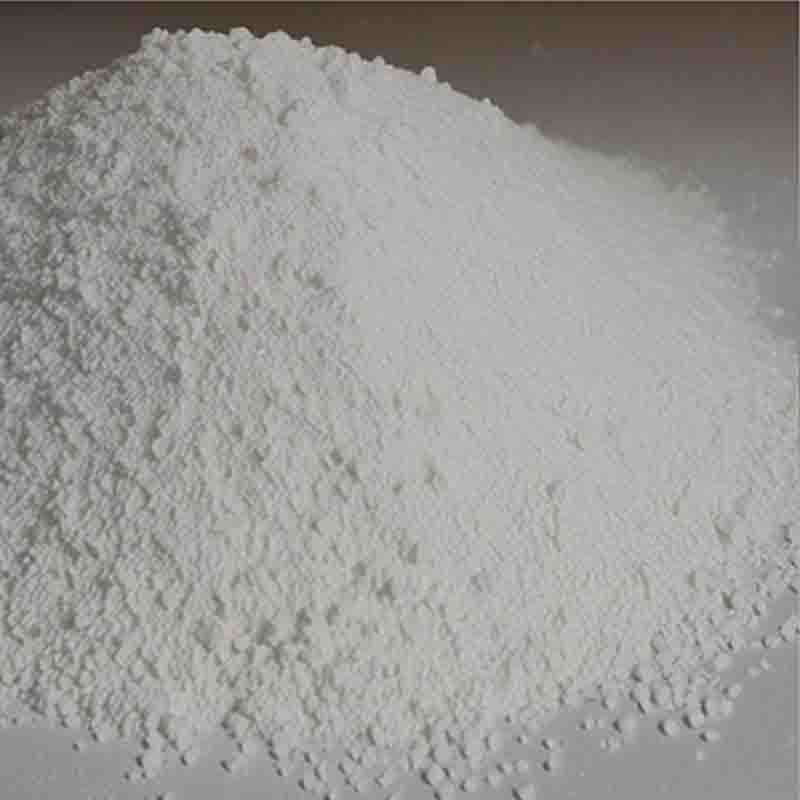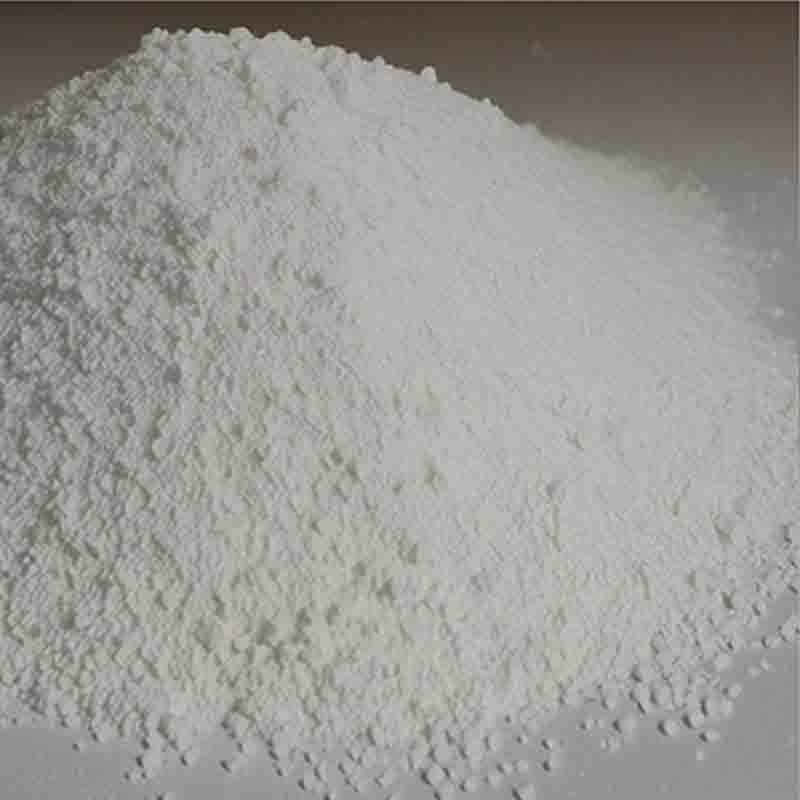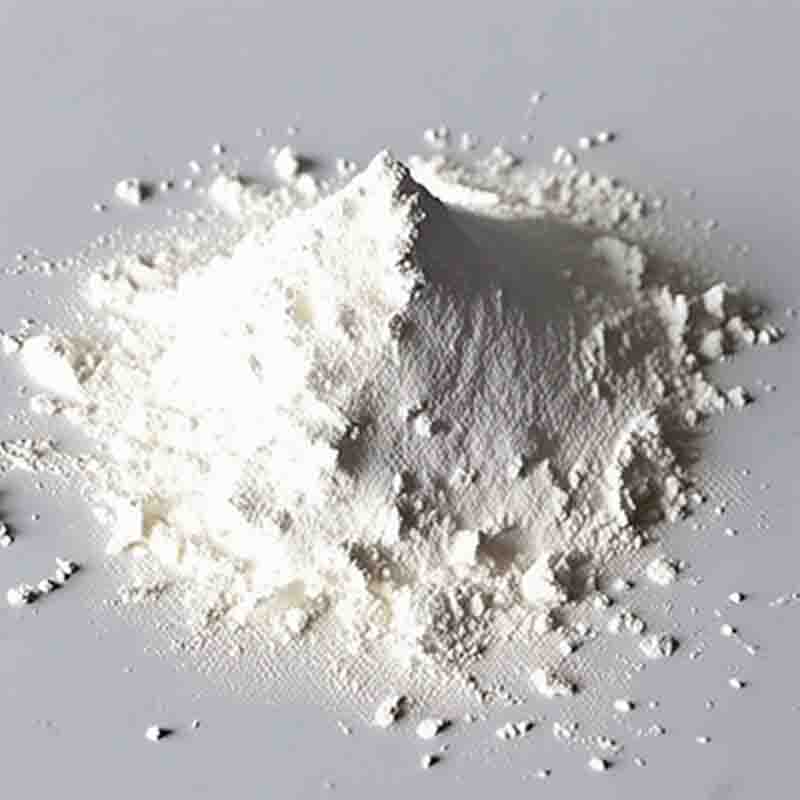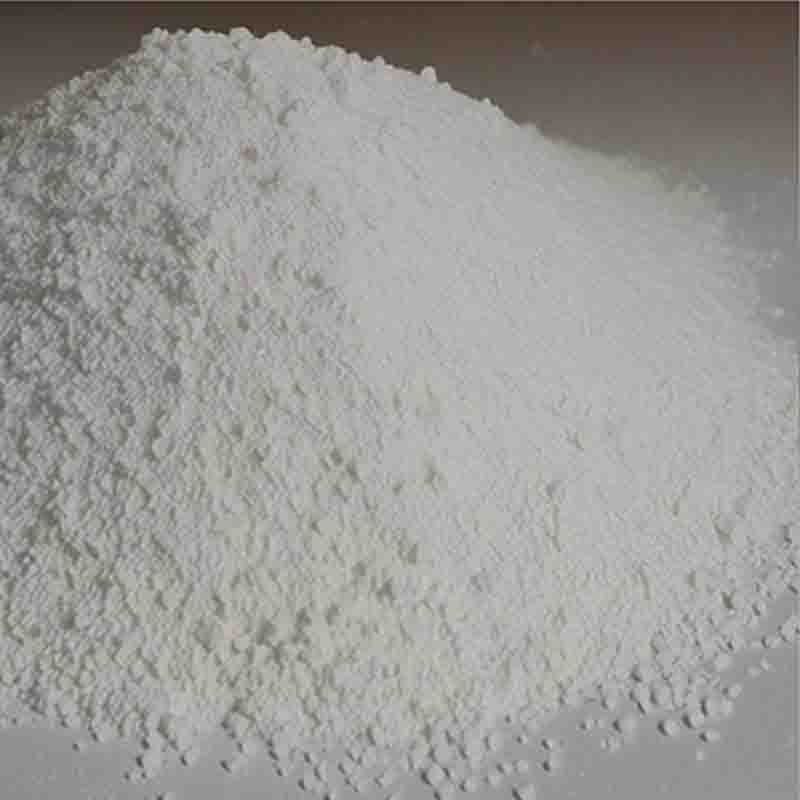2,6-Pyridinedimethanol CAS:1195-59-1
| Catalog Number | XD95930 |
| Product Name | 2,6-Pyridinedimethanol |
| CAS | 1195-59-1 |
| Molecular Formula | C7H9NO2 |
| Molecular Weight | 139.15 |
| Storage Details | Ambient |
Product Specification
| Appearance | White powder |
| Assay | 99% min |
2,6-Pyridinedimethanol is an organic compound that belongs to the class of pyridine derivatives. This compound possesses unique properties and has various effects and applications in different fields. In this essay, we will discuss the effects and applications of 2,6-Pyridinedimethanol within 300 words.One of the significant effects of 2,6-Pyridinedimethanol is its ability to act as a versatile building block in organic synthesis. Its pyridine structure and hydroxyl groups (-OH) make it highly reactive towards nucleophilic and electrophilic molecules, enabling it to undergo diverse chemical reactions. This reactivity can be utilized in the synthesis of various organic compounds, such as pharmaceuticals, dyes, and polymers. The introduction of 2,6-Pyridinedimethanol into the chemical structure of these molecules can lead to the development of new compounds with enhanced properties and activities.Furthermore, 2,6-Pyridinedimethanol has been studied for its potential as a chelating agent. Its hydroxyl groups can bind to metal ions, forming stable chelate complexes. This property makes it useful in various applications, including as a catalyst or ligand in metal-catalyzed reactions. The chelating ability of 2,6-Pyridinedimethanol can enhance the efficiency and selectivity of these reactions.Moreover, 2,6-Pyridinedimethanol has been found to possess antioxidant properties. Its hydroxyl groups act as scavengers of free radicals, which are highly reactive species that can cause oxidative damage in biological systems. By neutralizing free radicals, 2,6-Pyridinedimethanol can protect cells and tissues from oxidative stress. This antioxidant activity makes it a potential candidate for the development of natural antioxidants or as an additive in antioxidant-rich products.Additionally, 2,6-Pyridinedimethanol exhibits solubilizing properties due to the presence of hydroxyl groups. This compound can increase the solubility of poorly soluble compounds, making it useful in the formulation of pharmaceuticals or cosmetic products. It can improve the bioavailability and efficiency of active ingredients by enhancing their dissolution in solvents or biological fluids.In conclusion, 2,6-Pyridinedimethanol is a versatile compound with significant effects and applications in organic synthesis, catalysis, antioxidant development, and solubilization. Its reactivity as a building block and its chelating ability make it valuable in the development of new organic molecules and metal-catalyzed reactions. Furthermore, its antioxidant and solubilizing properties highlight its importance in the development of antioxidant compounds and formulations. Nevertheless, further research and evaluations are necessary to fully explore its potential, understand its mechanisms of action, and ensure its safe and effective use in various applications.


